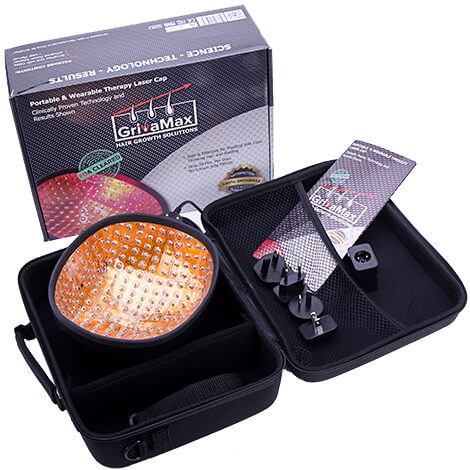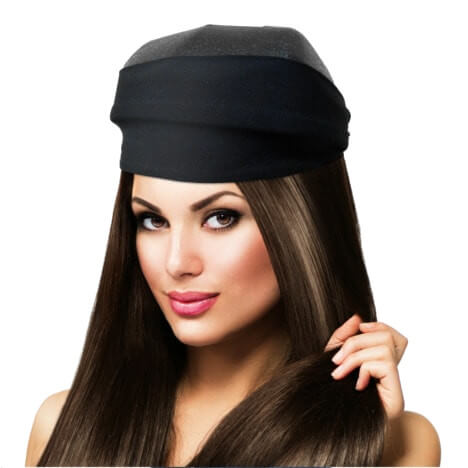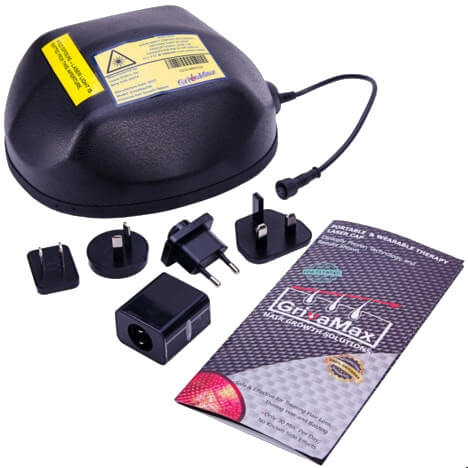The problem of balding is typically not talked about. Men are told that it’s sexy – even being told to be proud of such a condition (usually by the people who have impressive amounts of hair themselves). Women are convinced that it’s normal and they should accept their men the way they are (ladies are being supportive by saying your time has come baby, just relax). But only bald (balding) people understand how much it hurts. No, not physically. Emotionally. We have decided to finally tell the truth about the methods of hair loss treatment.
Today, there are three laboratory-proven methods of hair restoration: medical, surgical and low level laser therapy for hair loss. We will talk about them – their pros and cons. You’ll be able to see for yourself what is the best for you. Compare and make the right decision.
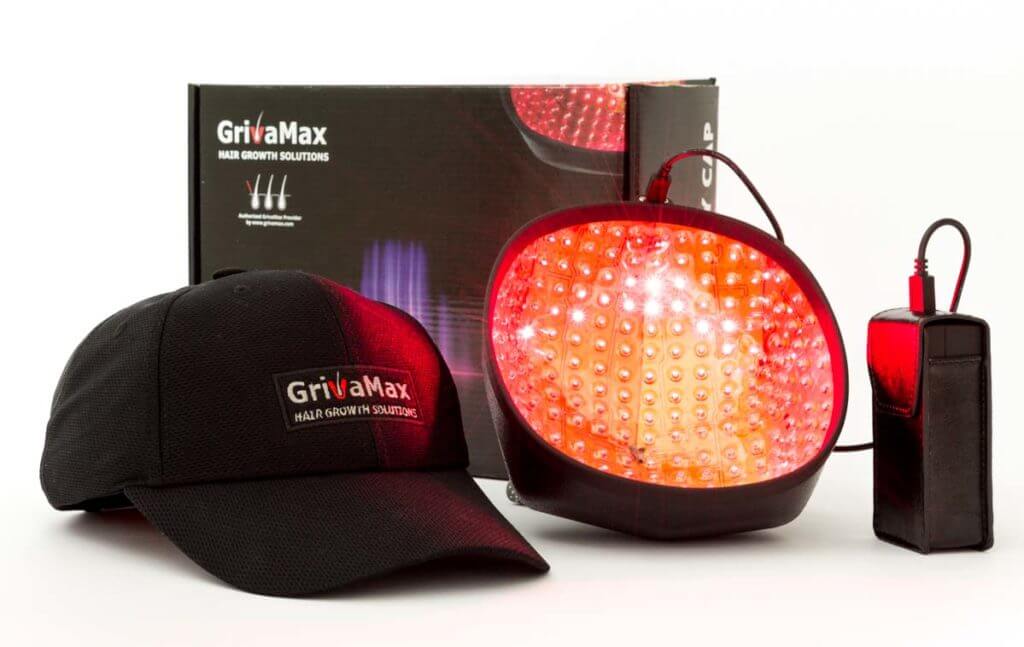
Laser Therapy for Hair Loss
The first effect of laser therapy was noticed by a Hungarian scientist in 1967 when he performed a series of experiments on mice (trying to find a cure for cancer). Animals were exposed to laser radiation, resulting in them regrowing their fur much sooner. Laser therapy was first tested on a human in the 70s. Modern studies also confirm the effectiveness of low-level laser therapy (LLLT) for hair loss treatments.
Pros:
- The compact size of the device (Laser Cap GrivaMax) allows you to perform treatment at home without distracting you from work or from watching your favorite show.
- We offer two devices (for 148 and 272 diode) to restore the density and volume of your hair – as a preventive measure, and for the treatments for hair loss (alopecia).
- The procedure is absolutely painless.
- It is enough to buy the necessary equipment ONCE (and, if necessary, repeat it) to complete a treatment course.
- Laser therapy for hair loss has no side effects.
Cons:
- You will still have to see the doctor. The first time is to get the consultation and find out the exact diagnosis, and the next visits are to check the treatment results.
Does it help everyone?
Laser therapy can be used to restore the beauty of your hair (as a preventive measure), and as a form of laser hair loss treatment for baldness. With a competent approach, it can equally help men, women, children (after consulting a doctor) as a supportive method of restorative therapy after a radiation course.
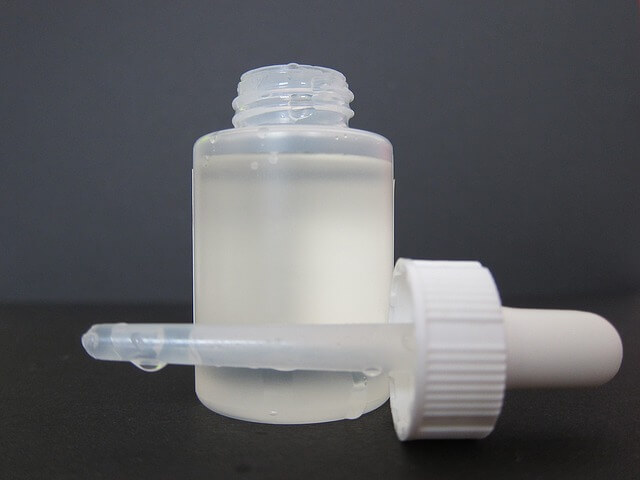
Medicamental treatment of baldness
The most common drugs used for baldness treatment are: Finasteride (internally) and Minoxidil (externally).
Pros:
- Drugs are approved by the FDA as a form of baldness treatment.
- Easy to use – just have a pill and apply the liquid-lotion (foam) to the scalp.
Cons:
- During the early stages of treatment, aggravation is possible – your hair may fall out more than before treatment.
- Good results can be achieved during the early stages of balding. If the disease has already started, treatment might not bring the desired result.
- Finasteride is recommended only for male pattern baldness treatment. The drug is prohibited for women.
- There is the possibility that Minoxidil is ineffective in the treatment of the hereditary hormonal-dependent form of alopecia.
- The result of the treatment is temporary and lasts only while you are using the medications or rub the emulsion.The medicine will stimulate hair growth, but as soon as you stop using it, your hair will fall out again (within 5-6 months after stopping the medication).
- Pills are sold only by prescription.
- Consultations with the doctor are necessary for diagnosis, and later on.
- Medications may cause a number of unpleasant side effects (hives, itching, swelling, impotence, etc.).
Does it help everyone?
The effectiveness of drug treatment during the early stages of baldness are impressive. This form of treatment is not recommended for women due to a number of side effects.
Attention!
It is said that the use of Minoxidil with DHT-blocker shows excellent results. The effect will be really stable, BUT… stretched in time. The use of both Minoxidil and DHT-blockers (known as inhibitors or anti-androgens) with laser treatment for hair loss all together allows you to achieve impressive results. The mechanism is simple: Minoxidil stimulates hair growth, while DHT-blockers inhibit the production of DHT hormones (dihydrotestosterone), which affects the reduction of follicle growth cycles – that leads to hair thinning and hair loss. Low level laser therapy for hair loss (LLLT) stimulates the blood flow to the follicle and speeds up the process of hair regeneration.
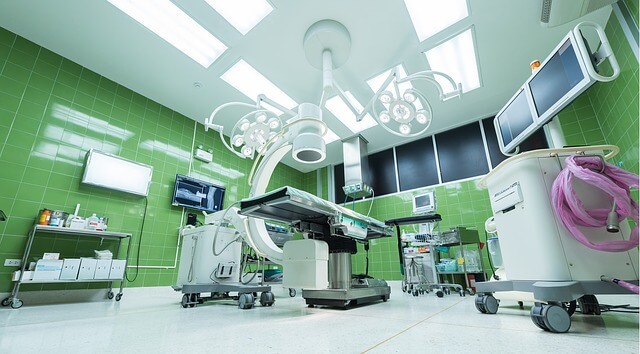
Hair transplantation
Hair was transplanted for the first time at the beginning of the 19th century to an animal. Since then, attempts of successful transplantation haven’t stopped. The technique and tools have changed, and in 1959, the “father of hair transplantology”, Norman Orentreich, described the technique based on which hair is still transplanted today. There are two main methods – the strip-method and follicular transplantation.
Pros:
- Effective.
- Quick adjustment of transplanted hair (because hair is transplanted from the same person).
Cons:
- It is important to have enough hair for a transplant when the strip method is used. The surgeon transplants hair from the head, in the parietal zone and the cranial vault. This hair should be resistant to dihydrotestosterone.
- The procedure takes a long time – from between one to seven hours, and may require several sessions.
- Expensive. With a large area of baldness, there is a chance that you will have to come back.
- The result depends on the professionalism of the doctor.
- Painful.
Does it help everyone?
The effectiveness of the hair regrowth restoration procedure is very high. But only the doctor will be able to tell you all the details after a professional examination of the patient. There are a number of contraindications and individual characteristics for every particular case.
Attention!
Transplanted hair will adjust much more quickly if you provide the best conditions. Laser Treatment for Hair Loss improves hair nutrition by stimulating follicles and significantly accelerating the postoperative recovery.


